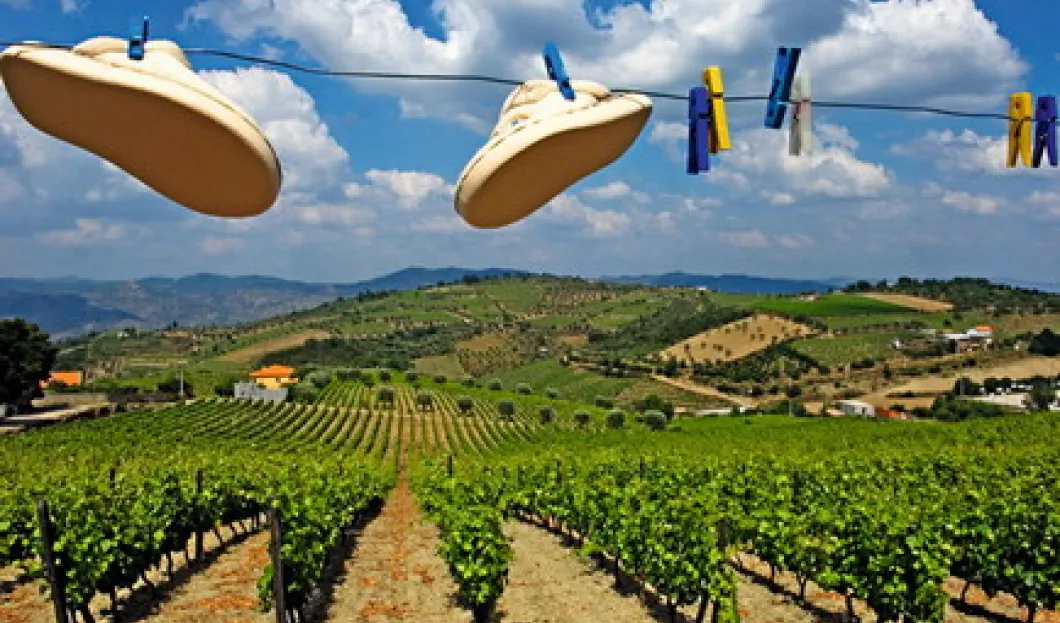
Small Hungarian village in picturesque wine region received an EU grant to develop a new open-air museum. The main attraction is going to be twelve cave homes from 19th century that served as a shelter for the poor as well as Roma people. Egerszalók, a village six kilometers from Eger in northern Hungary, is planning to boost its tourism industry by introducing a new attraction. The authorities intend to spend over Ft 40 million (€150,000) on transforming cave dwellings built in the past by the poor and later used by Roma people into a tourist site.Twelve cave homes were carved into the local hills in the early 19th century and until recently it served its inhabitants as a ready-to-use shelter. Today, Egerszalók with slightly over 2,311 residents plans to make use of the unpopular part of the village and after a thorough reconstruction to add it to the list of its attractions. Recently the authorities were granted EU funds of Ft 33 million (€120,000) for the project. The plan is to establish an open air museum around the cave homes presenting the long and colorful history of the place. Also, there will be a ‘landowner"s house’ (gazdaház), a regional house, a craftsmen"s market and a workshop and tourists will also be able to enjoy the various dishes of local cuisine. One of the aims of the Egerszalók’s board is not only to boost the tourist numbers but also to provide new jobs for the locals.The cave dwellings however are not the only attraction of Egerszalók. The region gained its fame thanks to the local thermal springs on the southern edge of the village. In their tourist guides, visitors can also find special beehive stones, which are eroded rock formations with holes used in the past for honey production. Furthermore the village is part of the historic Eger wine region whose grapes are the source of famous Bull"s Blood as well as numerous white wines.The village has been first mentioned in a charter in 1248. Another interesting site is the local church from 1738, which was built according to the design of famous Italian architect, Giovanni Battista Carlone. Related:HUNGARY: 10% DROP IN GUEST NIGHTSNEW COAT FOR A FORMER COMMUNIST PARTY RESORT IN HUNGARY










